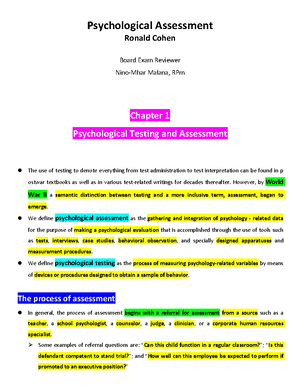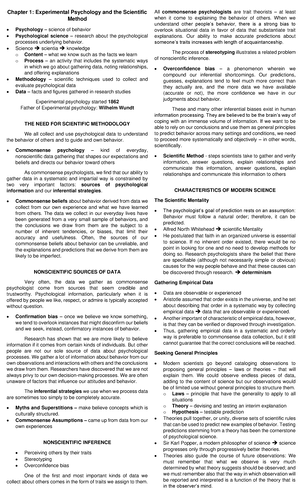- Information
- AI Chat
Was this document helpful?
Physical Science Ancient Greek Physics and Astronomy
Course: BS Psychology
999+ Documents
Students shared 2875 documents in this course
University: Polytechnic University of the Philippines
Was this document helpful?

Physical Science
Ancient Greek Physics and Astronomy
Challenges to the Ptolemaic model of the Universe
Tycho Brahe and Kepler’s Three Laws of Planetary Motion
Physics – natural and physical science that involves the study of matter and its motion through space and
time, along with related concepts such as energy and force. More broadly, it is the general analysis of
nature, conducted in order to understand how the universe behaves.
Early Ideas of Motion and Matter
Aristotle, the foremost Greek scientist, studied motion and divided it into two types: natural motion and
violent motion. Natural motion on Earth was thought to be either straight up or straight down.
Voluntary motion refers to the ability of human as well as animals to move because they have the will or
the capacity to do so. Involuntary motion refers to the motion cause by unnatural condition. Natural
motion, voluntary motion and involuntary motion are the three terrestrial motions.
Ancient Greek also explained the motion of heavenly bodies. The observable motion of the object you
see in the sky are collectively termed as non-terrestrial motions. The movement of different celestial
bodies can be described as diurnal motion, annual motion, and precession of the equinoxes.
Diurnal Motion
Diurnal motion is the apparent daily revolution of the celestial sphere around the celestial poles as a
direct effect of the Earth’s rotation on its axis. In other words, it refers to the apparent movement of
stars and other celestial bodies around Earth. The circular path that the celestial bodies take to complete
the diurnal motion is called diurnal circle.
Annual Motion
Annual motion is the apparent yearly movement of the stars as observed from Earth as a direct effect of
the Earth’s revolution around the sun.
Precession of the Equinoxes
Precession of the equinoxes is the apparent motion of the equinoxes along the ecliptic as Earth
‘wobbles,’ and this motion happens about every 26 000 years. At present, Earth’s North Pole points to
Polaris. However, it will eventually point to another star, Vega, because of precession.
Observations Leading to the Belief that the Earth is Round.









